Keep up to date with the latest research and developments from Diamond. Sign up for news on our scientific output, facility updates and plans for the future.
Richard Walker, Technical Director
In 2014/15, Diamond’s eighth year of operations, a total of 206 days (4,944 hours) were scheduled for beamline operations; 201 days of User Mode, and five beamline start-up days. These figures are based on the revised schedule issued in September 2014 following the failure of one of the superconducting radiofrequency (RF) cavities earlier that month. The majority of the beam delivery was in standard multibunch mode (900 bunch train) or 'hybrid' mode (686 bunch train + a single bunch) with total current of 300 mA. In addition there were several periods of 'Special Beam Conditions', six days in June 2014 and four days in March 2015 of 'low-alpha' mode, to produce short bunches (3.5 ps rms), as well as two days in August 2014 and four days in December 2014 of 156 bunch mode, with 135 mA total current. Operation with all filling patterns was carried out in top-up mode.

Double-Double Bend Achromat (DDBA) Project
The DDBA project, described in last year’s Annual Review, will see a complete DBA (double bend achromat) cell of the storage ring replaced with a new DDBA structure, which will convert what would otherwise be a standard bending magnet beamline into a much more powerful insertion device beamline, with a full length in-vacuum insertion device as its source. The project has progressed considerably in the last year, towards the scheduled installation date of August 2016. Designs have been completed and contracts placed for all of the new magnets and vacuum vessels as well as the two girders on which they will be assembled (Fig. 2).
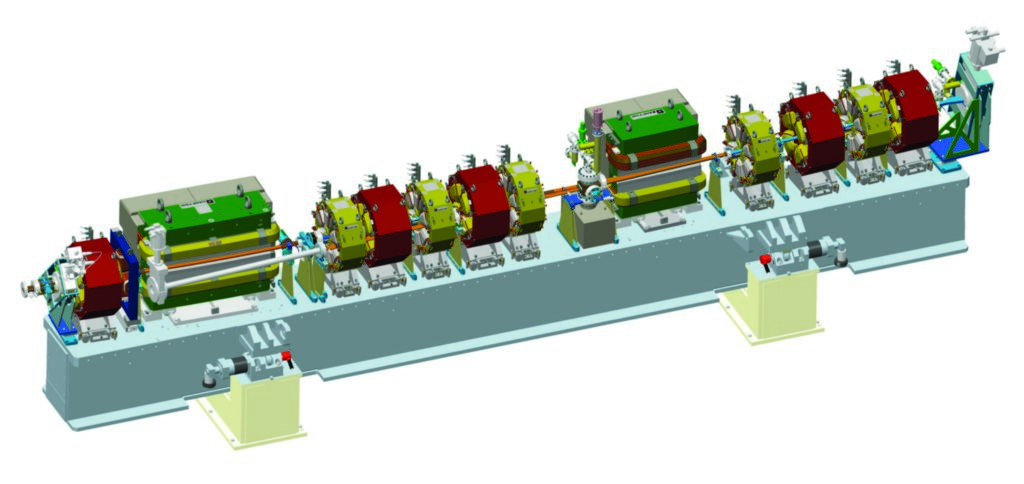
Figure 2: Model of one of the two girder assemblies that make up the new DDBA cell.
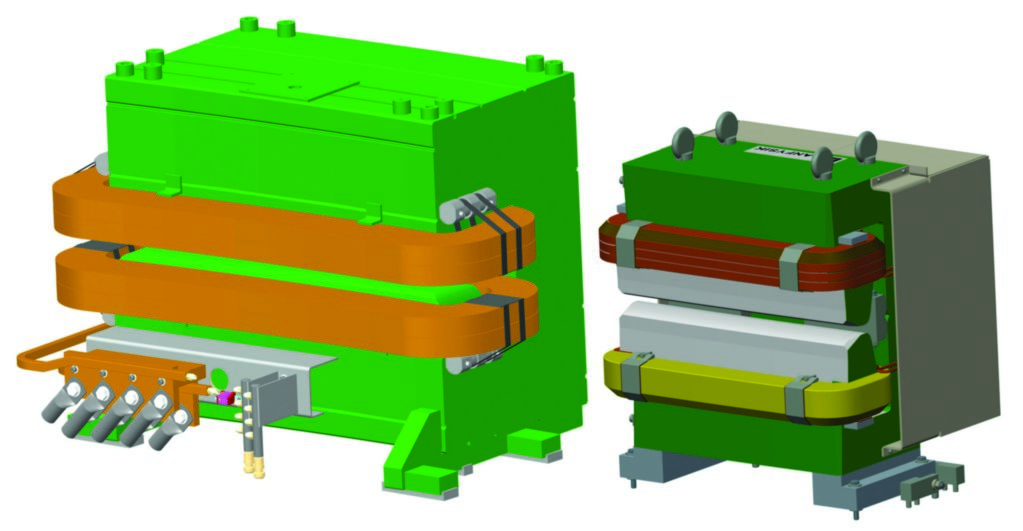

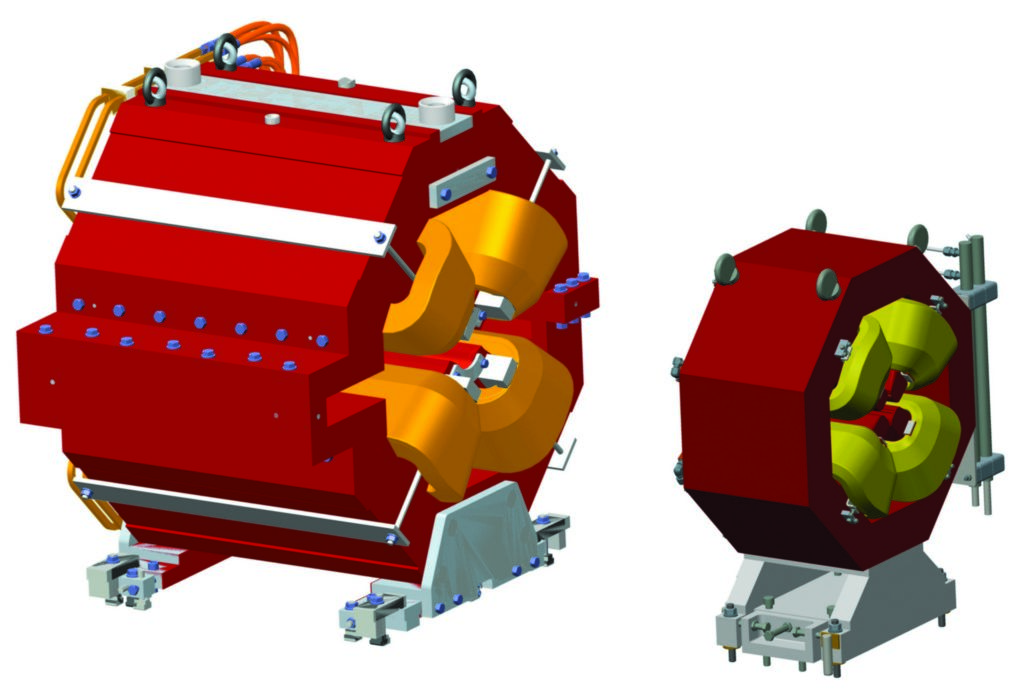
Figure 3: Comparison of the size of the existing ring magnets (left of each pair) with the new DDBA magnets (right of each pair); green - dipoles, red – quadrupoles, yellow – sextupoles.
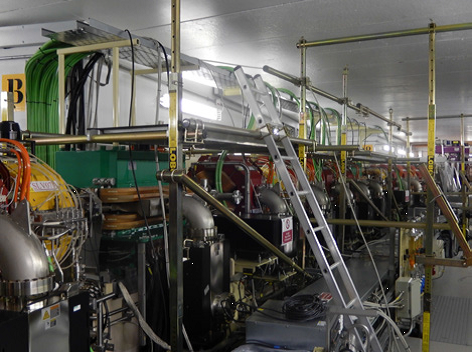
Figure 4: Temporary cable installation in preparation for the DDBA lattice conversion.
Future Developments
In addition to the DDBA project described above, a number of other developments are underway or beginning. In response to the continuing difficulties being experienced with the RF cavities, it has been decided to augment the existing RF system with two normal conducting cavities, of the Higher-Order Mode (HOM) damped cavity design currently in use at the synchrotron facilities ALBA in Spain and BESSY in Germany. The preferred solution which is being worked on is to install the cavities in an adjacent straight section to the existing RF straight, on either side of an in-vacuum insertion device, as shown in Fig. 5. The additional cavities will give greater operating margin which will be especially useful to minimise the impact of any planned, or unplanned, work on the superconducting cavities.
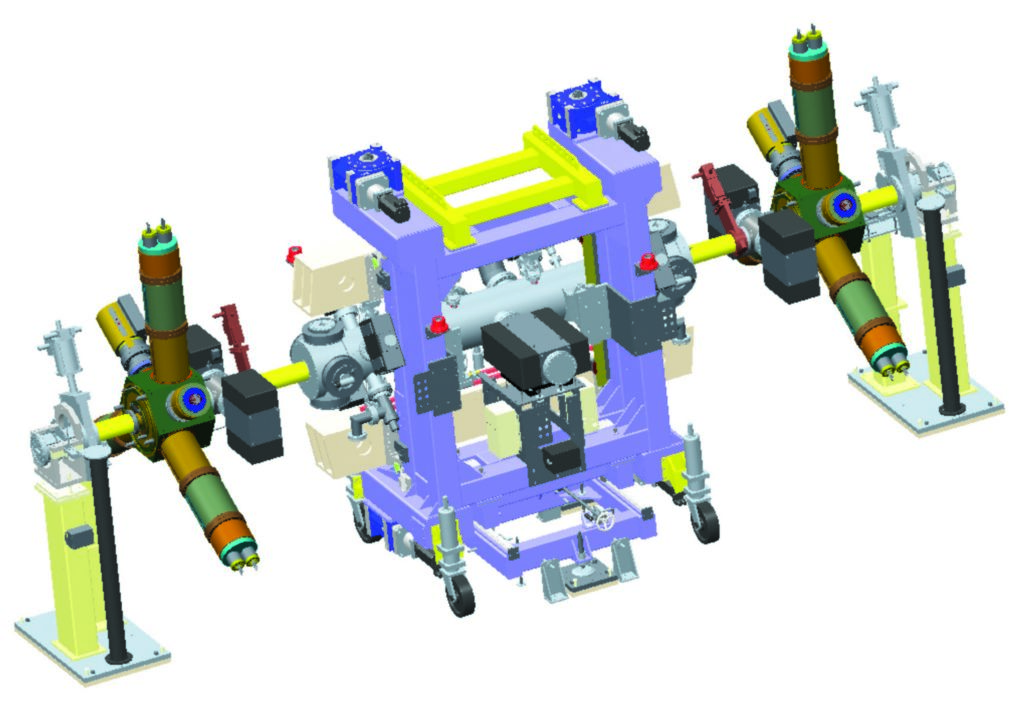
Figure 5: Possible location of two new normal conducting cavities on either side of an invacuum insertion device.
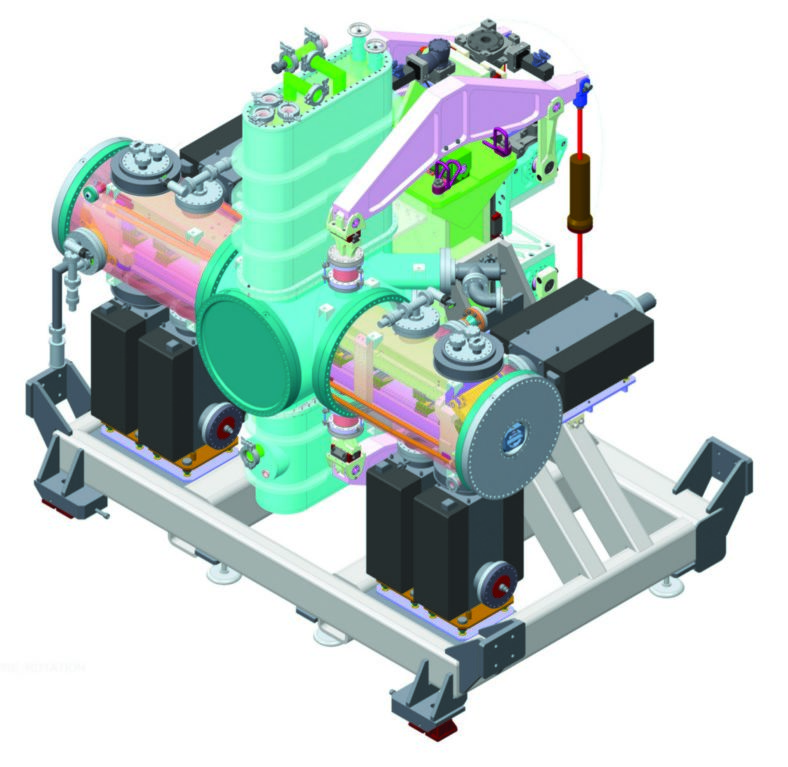
Figure 6: Novel cryogenic permanent magnet undulator (CPMU) being developed at Diamond.
A number of other developments are also being studied. Improvements to orbit stability are being targeted, to reduce the beam motion at high frequency in the vertical plane, and to reduce the disturbance during top-up operation. There is also an aim to improve the longitudinal stability of the bunches by reducing the phase and amplitude fluctuations of the RF power in the cavities. Ways of improving photon stability at the sample are being investigated by means of better diagnostics and new feedback systems. Finally, a design study has commenced for a possible major upgrade of the Diamond machine, Diamond-II, to be complemented by a science case that will take into account the impact of such an upgrade on all beamlines at Diamond.
There is also an aim to improve the longitudinal stability of the bunches by reducing the phase and amplitude fluctuations of the RF power in the cavities. Ways of improving photon stability at the sample are being investigated by means of better diagnostics and new feedback systems. Finally, a design study has commenced for a possible major upgrade of the Diamond machine, Diamond-II, to be complemented by a science case that will take into account the impact of such an upgrade on all beamlines at Diamond.
Diamond Light Source is the UK's national synchrotron science facility, located at the Harwell Science and Innovation Campus in Oxfordshire.
Copyright © 2022 Diamond Light Source
Diamond Light Source Ltd
Diamond House
Harwell Science & Innovation Campus
Didcot
Oxfordshire
OX11 0DE
Diamond Light Source® and the Diamond logo are registered trademarks of Diamond Light Source Ltd
Registered in England and Wales at Diamond House, Harwell Science and Innovation Campus, Didcot, Oxfordshire, OX11 0DE, United Kingdom. Company number: 4375679. VAT number: 287 461 957. Economic Operators Registration and Identification (EORI) number: GB287461957003.